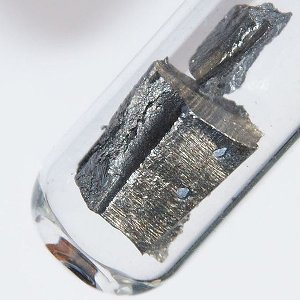Sep 23 2010
Boeing’s Aerial Sensor Technology is to be used to hunt out probable deposits of rare earth elements in the U.S. to create a domestic supply chain. China, the country with the maximum rare earth oxide resources (97%), does not have much left to export, after its domestic consumption. Hence, the need for locating the reserves.
These minerals are used for devices such as cell phones, military technological equipments and high tech computing hardware etc., in short, for everything.
 Neodymium
Neodymium
In the intervening period, new rare earth mines are being considered in countries such as U.S., Africa, Australia and Canada, but for operations to commence in these mines, a time period of a few years will be needed. This is when Boeing’s sensing technology will play a significant role in authenticating the presence of both heavy and light rare earth elements, in places such as Montano and Idaho, where supposedly concentrations of these valuable minerals are present, as per previous research records.
This technology can be used by operating overhead airplanes or even satellites, to scan and track vast regions of the earth, for electromagnetic signals that imply the existence of minerals such as neodymium, which is used in fighter jets, hard drives and hybrid cars. Most of these rare earth elements are needed for futuristic advancements in technologies, such as wind turbines, smart electrical grids and cleaner-burning cars. As Boeing is into building of satellites, fighter jets, airliners and also high-tech flights, targeting and navigating systems, its interest in locating the reserves is to be expected. To develop a domestic supply chain of rare earth elements would definitely take a lot of time, but it would prove to be of vital importance.